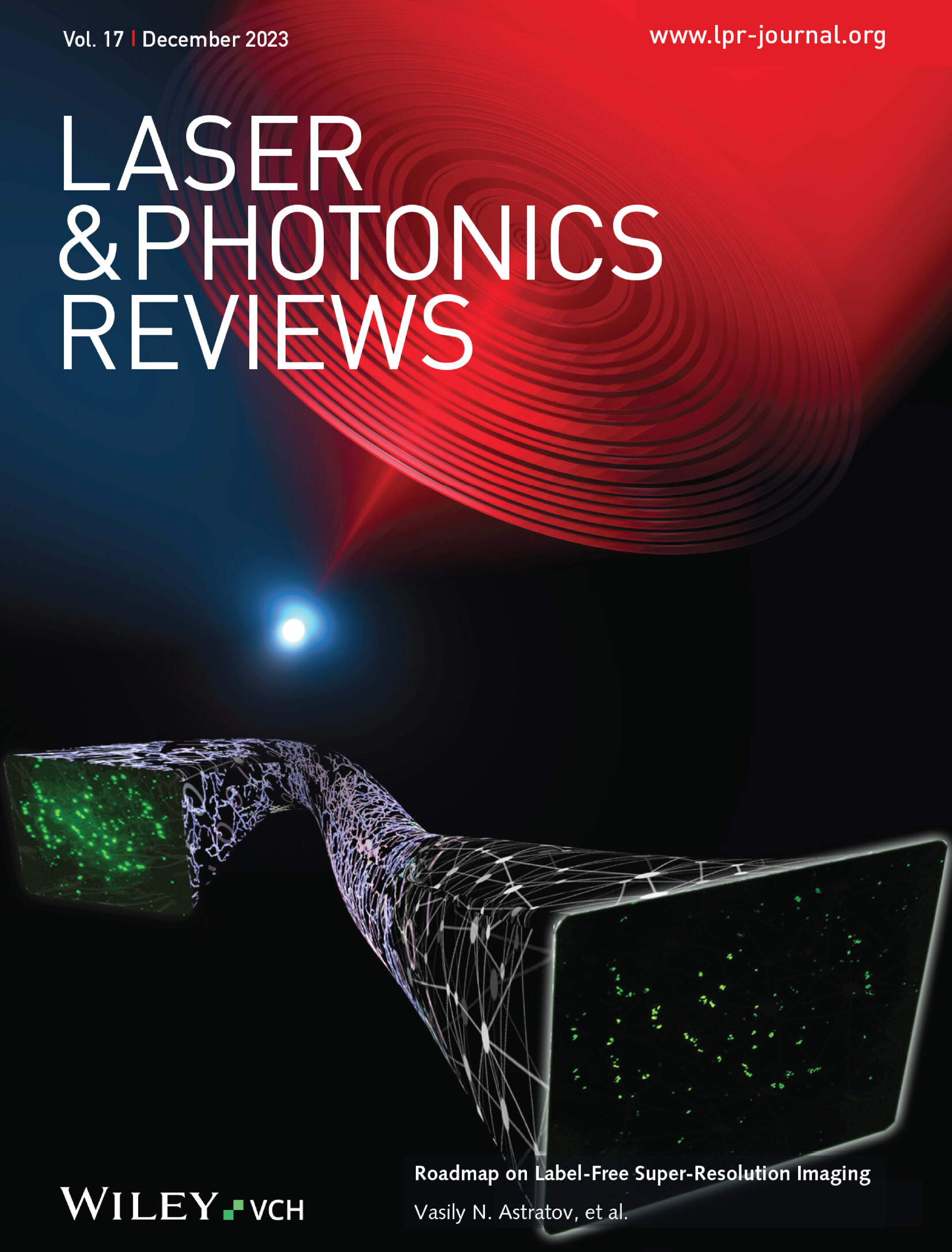3D Dielectric Chiral Metamaterials Achieving Nondispersive Near-Zero Ellipticity
IF 9.8
1区 物理与天体物理
Q1 OPTICS
引用次数: 0
Abstract
Chiral metamaterials based on mirror-symmetry broken resonators are engineered to achieve a strong interaction with circularly polarized (CP) waves. However, in contrast to the widely-observed enhanced circular dichroism (CD), moderate/narrow-band optical activity (OA) responses are usually seen in chiral metadevices. Here, by engineering the chirality parameter that determines the effective refractive indices associated with the two CP eigenstates, a three-dimensional (3D) metamaterial consisting of 3D-printed ceramic meta-atoms exhibiting broadband strong OA with nondispersive near-zero ellipticity in the millimeter-wave regime is demonstrated. With four-fold rotational symmetry (C4), the 3D dielectric metamaterial shows near-identical co-polarized transmission magnitude but distinct phase retardations under left-handed circularly polarized (LCP) and right-handed circularly polarized (RCP) illumination over a broad frequency range. Field analysis indicates that the observed OA behavior originates from the handedness-dependent light-matter interaction between the chiral meta-atoms and CP waves. Furthermore, large transmission CD and CP polarization conversion are observed in a metamaterial with C2-symmetry, demonstrating the proposed systems’ versatility in CP wave control. As revealed by the present study, coherently exploring the complex parametric space offered by 3D meta-atoms based on state-of-the-art 3D fabrication techniques can become a promising paradigm for engineering metamaterials with sophisticated functionalities.

求助全文
约1分钟内获得全文
求助全文
来源期刊
CiteScore
14.20
自引率
5.50%
发文量
314
审稿时长
2 months
期刊介绍:
Laser & Photonics Reviews is a reputable journal that publishes high-quality Reviews, original Research Articles, and Perspectives in the field of photonics and optics. It covers both theoretical and experimental aspects, including recent groundbreaking research, specific advancements, and innovative applications.
As evidence of its impact and recognition, Laser & Photonics Reviews boasts a remarkable 2022 Impact Factor of 11.0, according to the Journal Citation Reports from Clarivate Analytics (2023). Moreover, it holds impressive rankings in the InCites Journal Citation Reports: in 2021, it was ranked 6th out of 101 in the field of Optics, 15th out of 161 in Applied Physics, and 12th out of 69 in Condensed Matter Physics.
The journal uses the ISSN numbers 1863-8880 for print and 1863-8899 for online publications.

 求助内容:
求助内容: 应助结果提醒方式:
应助结果提醒方式:


